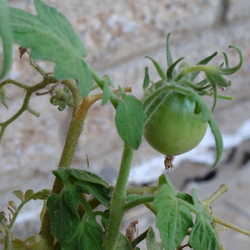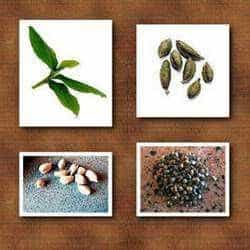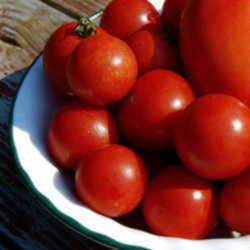In France, “raisin” means “grape”. What in English we call a raisin, the French refer to as “raisin sec” or “dry grape”. The word is ultimately from the Latin “racemus”, meaning a cluster of grapes or berries.
History
Drying grapes to make raisins in an ancient practice going back many thousands of years. The earliest vineyards were founded by the Phoenicians and Armenians. Raisins are even mentioned several times in the Old Testament of the Bible. In ancient Greece and Rome, raisins served as prizes for sporting events, and were prescribed by physicians as a remedy for ailments ranging from old age to poisoning.
Raisins were introduced into Northern Europe by medieval knights who had sampled them in the Mediterranean and Persia during the Crusades. As viticulture spread to France and Germany, dried grapes became a valued part of European cuisine.
Prior to the modern age, raisins came primarily from Turkey, Greece and Iran. Today, the U.S. leads the world in raisin production, followed by Australia. All of America’s raisins come from California, where grape vines were planted in the 18th century. Legend has it that America’s first raisin crop happened by accident in 1873, when the San Joaquin Valley suffered a massive heat wave, causing the grapes to dry on the vine before they could be picked.
Varieties
Thanks to its high productivity and adaptability, the vast majority (95%) of California raisins derive from the pale yellow ‘Thompson Seedless’ grape. 'Fiesta' and 'Zante Currant' account for most of the rest of the crop. Earlier in the century, ‘Muscat of Alexandria’ was the dominant grape raisin, but this changed due to consumers’ preference for a seedless variety.
Raisins left to dry on the vine tend to have a tough skin and naturally turn to a grayish black or grayish brown. Golden raisins are also made from ‘Thompson Seedless’ grapes, but are first treated with sulfites before being dried in a dehydrator. These lighter raisins are called sultanas in England. They tend to be plumper and juicier, and are often used in desserts. ‘Black Corinth’ or Zante grapes are dried to create currants. Like miniature raisins, these fruits are very dark in color and have a tart, tangy flavor
Cooking with Raisins
Raisins are the ultimate quick energy snack, whether eaten alone or with nuts and chocolate. They’ve long been a favorite addition to cakes, cookies and breads. They also can add sweetness and texture to a wide variety of savory dishes and chutneys and sauces. Which brings us to:
Raisin Pie
Here’s an old recipe for raisin pie filling, handed down to me by my mom. It makes a homely, simple pie, chock full of raisins with a hint of spice. Use your own recipe for traditional flour and shortening pie crusts (you will need two to make one raisin pie) for the ultimate in homemade goodness. If your shells aren’t perfect, so much the better -- that’s part of this pie’s charm. Of course you can use store-bought crusts if pressed for time.
Allow the raisin pie to cool completely and it will oblige you with neat, tidy slices that make a perfect lunch box treat. It also keeps beautifully -- that is, if no one eats it first.
| Raisin Pie Filling 2 cups raisins 2 cups water 1/2 cup brown sugar 2 T. corn starch 1 t. cinnamon 1/8 tsp. salt 1 T. vinegar 1T. butter Boil raisins in 1-3/4 cups of water for 5 minutes. Combine the brown sugar, cornstarch, cinnamon and salt; moisten with the remaining 1/4 c. cold water. Add to the raisins, stirring until the mixture boils. Remove from the stove and add butter and vinegar. Spoon the filling in an unbaked pie crust in a 9” pie pan; cover with a top crust and flute as desired. Bake for 25 min. at 425º. |

















